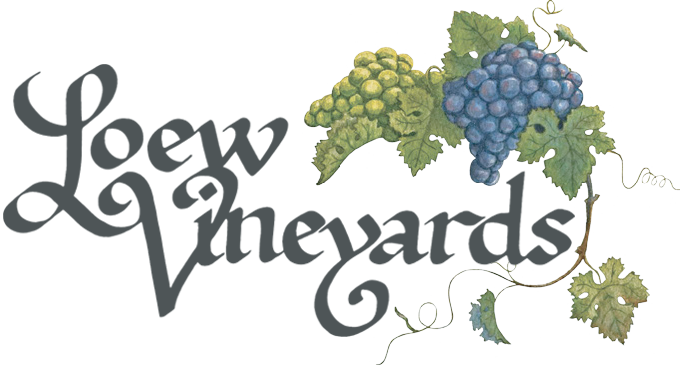For the Love of Honey
For a very long time, I have thought of wine as the only product in the world where you can taste the entirety of a year’s worth of weather, coinciding with the personality and mental state of the person who made it. Wine to me, is nature and nurture all in a bottle.
I didn’t think that mead could fall into that category until I met hobbyist beekeepers. Their attention to detail, knowledge, and passion for beekeeping and honey made me curious. Each of their buckets of honey tasted wildly different. It makes sense; each site has different trees, flowers, bees, weather, and so forth.
When we started to use the hobbyist honey in our meads, I would taste through each bucket to determine whether the honey was best suited to be produced as a mead on its own or blended with the juice of grapes, or apple cider. Each mead that we create, like wine, is a product of nature that is intertwined with nurture. Truly a beautiful concept.
Now, not all meads or wines in the market are like this. There are always examples of products in stores that prioritize nurture. Honestly, it baffles me. It is impossible to taste the quality and character of a honey that is being masked in a mead with extracts and additives.
It made me wonder about our 37 acres in Mt. Airy, Maryland. What honey could we extract from our property if we added beehives? Where would we put the hives? What kind of mead would they make? How many hives can we place on our property? Most importantly, who would take care of them?
In 2022, I had a contact for a local farmer named Jason who kept bees and who needed a piece of land to keep the colonies of bees that he brings to local farms to help with pollination. After chatting we had a deal. Jason would bring at least 32 bee hives to our property and take care of them and we would purchase the honey from him—in two forms: buckets to make mead and jars to sell in our tasting room.
Finally, this past April, we had 8 pallets of bee hives delivered to a secluded area on our property. We’ve enjoyed watching the bees zip out of the area where their hives are kept as well as bees that are full with sustenance slowly zig-zagging back to their hive.
We’re expecting our first extraction (also called a pull) of honey in the next couple of weeks. I already have ideas as to the types of Polish traditional meads I am hoping to be able to make with our estate harvested honey. Nurturing our heritage with the nature of our estate honey.

